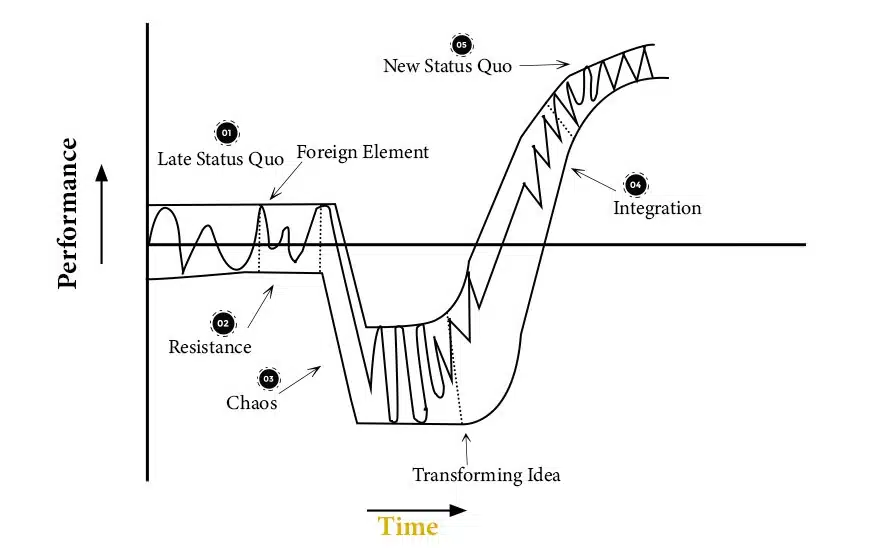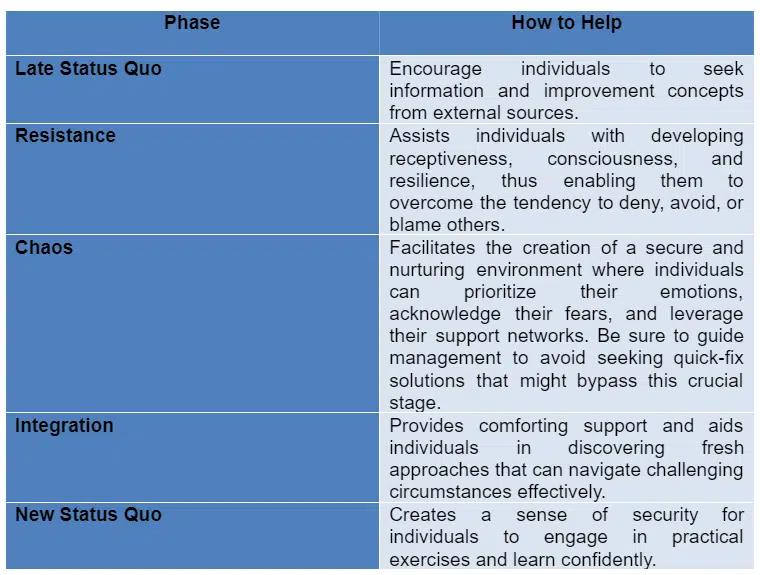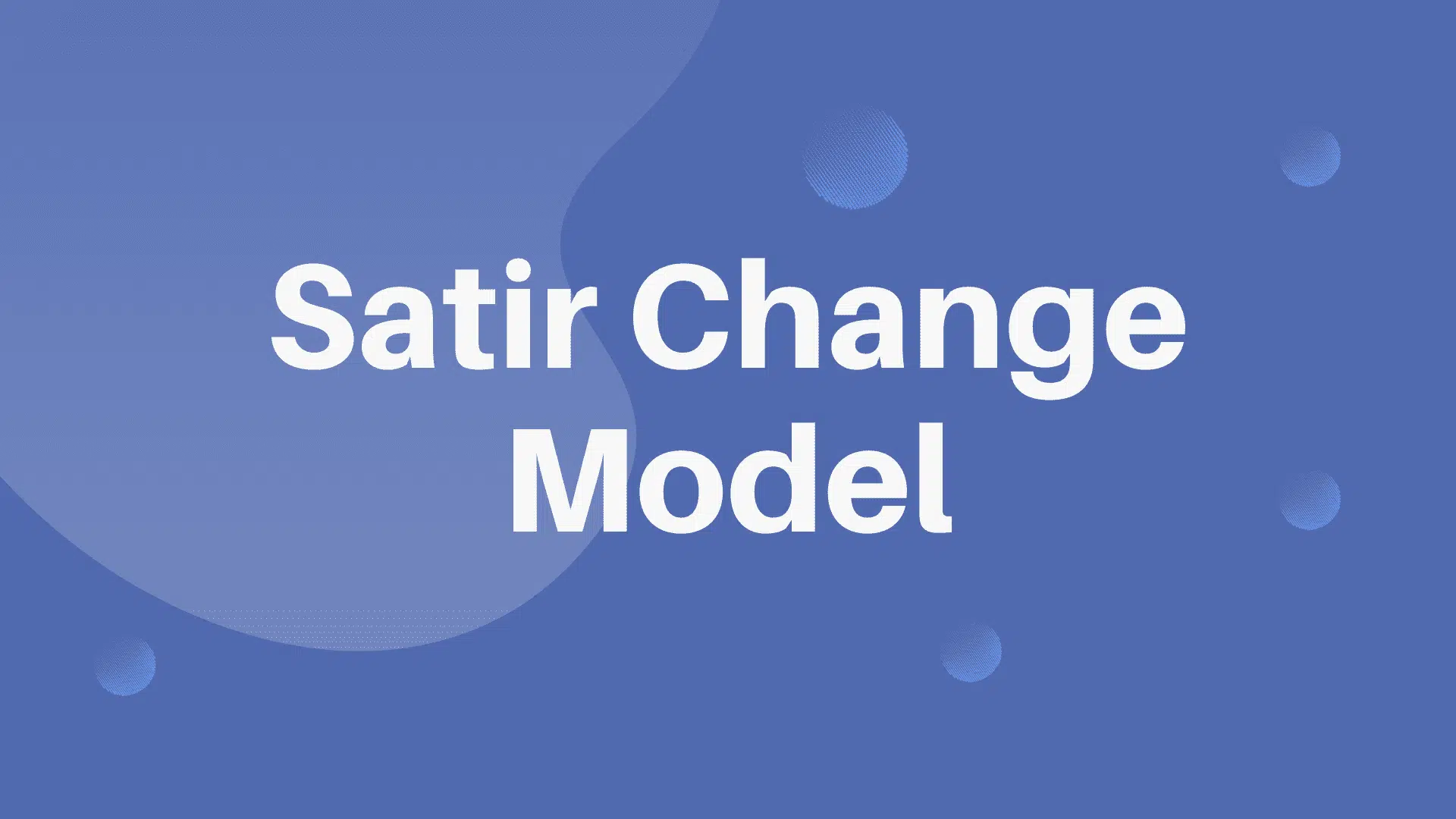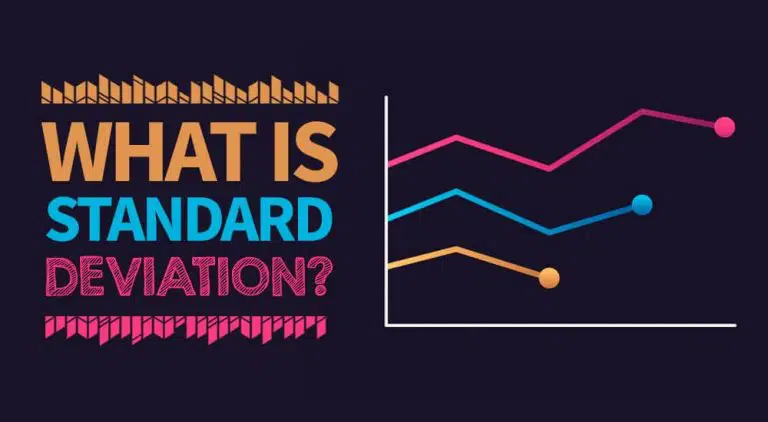The business environment is dynamic, and changes happen continuously. Businesses often change to stay competitive in the market.
During this transition, change managers face much friction, such as resistance to change, resistance to adopt new processes, heated discussions, anxiety, etc.
Satir change model is a popular model used in change management to help reduce this friction.
This model provides dynamics and stages of change for individuals and groups so change managers can implement the changes in the organization with the least hassle.
What is the Satir Change Model?
The Satir Change model was developed by the popular family therapist “Virginia Satir” in 1950. This Model is also known as the Satir Transformational Systemic Therapy or Virginia Satir Change model.
It is a change management model based on the Kubler-Ross model, comprising the five stages of grief. These stages are applied in a change management process.
The Satir Change model describes the emotional, cognitive, behavioral, and physiological changes that people go through when they experience change.

In the above Satir Change Model diagram, the vertical axis shows the performance, and the horizontal axis represents the time (from left to right).
Note that the above curve shows an area instead of a line, meaning the team performance can oscillate within the curve’s boundaries.
Stages of the Satir Change Model
According to this model, people undergo four stages of change. Later on, she added one more stage to the model. The stages of the Satir change model are as follows:
#1. Late Status Quo
The late status quo describes the time before the change changes everything.
In this stage, people are comfortable with the current status, even if the efficiency is poor or the system has problems. Business is as usual, and things are in normal routine.
Stakeholders resist changes to maintain the status quo. However, some signs of dissatisfaction may emerge, showing the need for change.
#2. Resistance
In this phase, there is the emergence of a foreign element, which requires a response. This foreign element can be internal (e.g., an internal stakeholder requesting a change) or external (e.g., a change in the external political environment).
Resistance is encountered at all levels of the organization, from CEOs to front-line employees. In this stage, employees resist change and may ignore it or blame others for it.
They may fear, have anxiety, or uncertainty about the future. They may cling to familiar patterns and resist any disruption that change can bring. This stage involves expressing complaints, blaming others, or denying the need for change.
The change managers identify many performance improvements but require changes to how the team works.
These changes can also scare the management, and they resist them and can suggest taking different paths that require lesser change.
#3. Chaos
This is a crucial and intense stage. Old patterns are disrupted, and employees are confused and disorganized. It can be emotionally challenging as people let go of the familiar but ineffective patterns and search for new possibilities. This stage creates space for transformation and new growth.
Here, the business is no longer as usual, and employees are in unfamiliar territory. Old ways of doing work are no longer appropriate. Relations are broken, and performance drops. Employees are stressed, confused, vulnerable, afraid, and can panic.
Change managers should plan for lower productivity during the chaos phase. They should understand their employees’ feelings and work with them to achieve the organization’s objectives.
#4. Integration
After the chaos subsides, the integration phase begins. It involves finding new ways to bring order and stability to the changed situation. People start exploring and experimenting with new behaviors, roles, and relationships. They integrate their new insights and learning into their daily lives, aiming to create a new, healthier equilibrium. This stage requires openness, flexibility, and a willingness to adapt.
In this phase, you find a transforming Idea that lets you cope with the foreign element. This idea gives you a way out of the chaos. This transforming idea shows how the foreign element can benefit the organization.
Employees find new ways of working and build new relationships. Performance is improved because of the acquisition of new skills, processes, and technology.
The change manager must support the staff during this phase. Employees may become unmotivated and try to revert to the Chaos phase if things don’t go well or are more difficult than imagined.
#5. New Status Quo
In this stage, a new status quo is established. The changes have been integrated, and people have adapted to the new reality. There is a sense of acceptance, stability, and a new way of being. This stage involves a renewed sense of purpose, improved relationships, a sense of accomplishment, and more effective, healthier functioning.
Change managers must encourage employees to celebrate success and motivate them to continuously accept new ideas and ways of working to improve performance.
Benefits of the Satir Change Model
The benefits of the Satir Change Model are:
- Positively embraces change
- Anticipates resistance and manages it accordingly
- Identifies the root cause of resistance and develops solutions
- Monitors change progress throughout the transition
- Develop a supportive and adaptive mindset
Challenges of the Satir Change Model
The Satir Change Model has the following disadvantages:
- Difficult to apply to complex systems
- Useful only for linear or predictable patterns
- Balancing stakeholders’ needs can be difficult
- Managing emotional fluctuations can be challenging
- Data consistency can be challenging during the transformation process
How to Effectively Use the Satir Change Model for Organizational Change
As a change manager, you must first understand the need for the change and ensure that all stakeholders understand and are on the same page. You must communicate the change process and its impact to the stakeholders to ensure they are ready to adapt.
Be ready for chaos and manage it accordingly. Monitor the process and progress until the change is completed and stakeholders adapt.
Finally, celebrate successful change implementation!

Summary
The Satir Change Model helps change managers transform a business environment from an Old Status Quo to a New Status Quo.
The Satir Change Model applies to all changes (e.g., personal and organizational changes) and explains how emotions and behaviors are affected during each phase of a change. It helps all stakeholders understand the psychological and emotional aspects of a change.
References

I am Mohammad Fahad Usmani, B.E. PMP, PMI-RMP. I have been blogging on project management topics since 2011. To date, thousands of professionals have passed the PMP exam using my resources.







